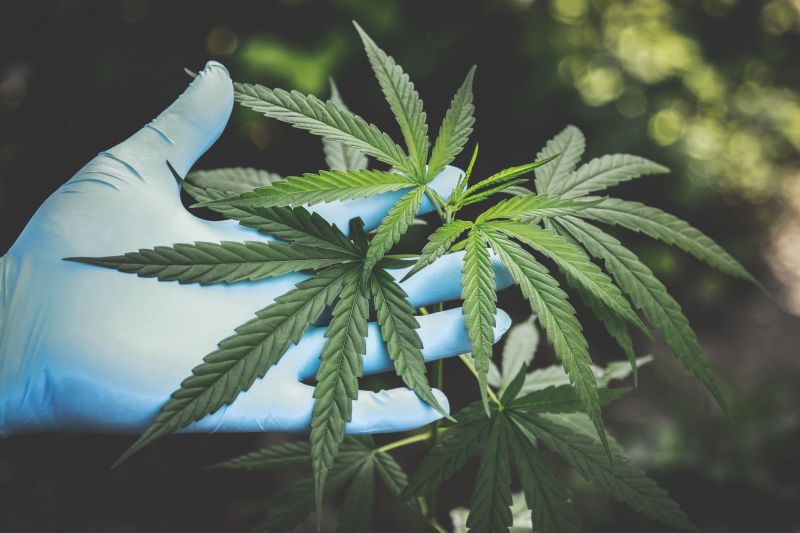Wastewater Study Shows Increase in Marijuana Consumption After Legalization
Published on by Water Network Research, Official research team of The Water Network in Academic
'THERE MUST BE SOMETHING IN THE WATER'
Wastewater study shows an increase in marijuana consumption after legalization
By Tiasha Datta, The Daily

Representative image source: Pexels, labeled for reuse
The UW’s Alcohol & Drug Abuse Institute and Dan Burgard, a chemistry professor at the University of Puget Sound , analyzed water that shows marijuana consumption has increased since the legalization in 2013.
THC is the active ingredient in marijuana and a metabolite is a substance that is produced when our bodies process marijuana. Burgard and his research team then analyzed the THC levels between 2014-2016.
This study is one of the first to show that the legal market is significantly replacing the black market for marijuana, which is in line with policymakers’ goals for legalization.
“Over a three year period we saw that cannabis consumption in wastewater increased by about 9% per quarter, ” Burgard said. “But that wasn’t nearly as much as the 70% increase in the number of sales that went up each quarter.”
The significant increase in the amount of THC sold in products much outpaced the increase in use that was found in wastewater, showing that users have switched their sources.
Though that conclusion is complicated. The data for the amount of THC sold is legally available, but it cannot be subtracted from the wastewater data, which represents total drug consumption.
There is not a reliable conversion between metabolite, a substance produced when the body processes marijuana, and the amount consumed therefore it is difficult to see how many illegal drugs are consumed.
This research is more representative of the actions of the population than drug use surveys, which can show bias. Stigma, the law, and overall feelings toward pot usage would make it likely for the same consumer to refute their usage pre-legalization or confirm it post-legalization.
Burgard notes that surveys from before and after 2013 would show an unrepresentative increase in consumption.
One criticism of wastewater drug research is that it does not tell us whether more people are using marijuana or if the same people are using more marijuana, according to Burgard. The research cannot reveal anything about individual users.
More research needs to be done on the consumption-excretion relationship in water to find out how much weed intake corresponds to how much excretion.
Burgard wants to get a sense of the dosage of THC consumed from analyzing the wastewater, but he says this is a notoriously difficult task. He explained that the amount of THC that leaves your body as metabolite depends on many things — the biology of the person, how regular of a user they are, and how they consume the THC: vaporized, smoked, or in the edible forms.
The data that exists is not good at translating THC intake to the amount of THC metabolite coming out.
Another barrier to finding the total consumption is that we don’t know what percentage of the total intake comes out through solid versus liquid waste. To complicate matters, this percentage is different depending on the circumstances of the user — whether they are regular users or weekend users, how healthy they are, and how they consume marijuana.
Reference:
Burgard DA, Williams J, Westerman D, Rushing R, Carpenter R, LaRock A, Sadetsky J, Clarke J, Fryhle H, Pellman M, Banta-Green CJ, "Using wastewater-based analysis to monitor the effects of legalized retail sales on cannabis consumption in Washington State, USA", Society for the Study of Addiction, 2019, DOI: 10.1111/add.14641
The article originally appeared on The Daily of the University of Washington and was reposted with permission.
Read more research about drugs in wastewater on The Water Network:
Media
Taxonomy
- Decontamination
- Contaminant Removal
- Contaminant Movement Mapping
- Sewage
- Sewer Networks